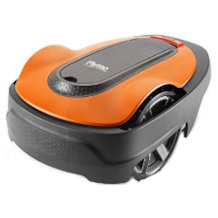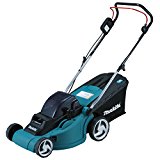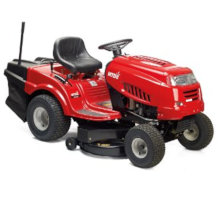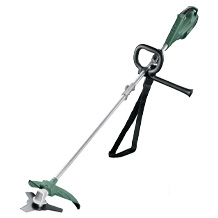String trimmer purchasing advice: how to choose the right product
- What You Need to Know
- The string trimmer is designed for detailed work when mowing the lawn. It cuts reliably along edges or close to trees.
- The device works with a fast-rotating thread made of nylon or plastic. A rechargeable battery, mains cable or petrol engine are commonly used as the drive.
- The speed of the cutting tool is a decisive factor for working efficiency.
- Always use hearing protection, safety goggles, sturdy shoes and work trousers when working.
What is a string trimmer necessary for?
The string trimmer, also known as a brush cutter in petrol-powered form, is a tool for garden and lawn care. It works very precisely and cleanly and is a useful addition to the lawn mower. The string trimmer can make detailed improvements to areas where the lawn mower can no longer reach. On lawn edges and house walls as well as close to trees or under bushes: The string trimmer reaches many places that are difficult or impossible for a mower to reach. It is also suitable for touching up mowing work. Only larger areas are comparatively tedious to work on with the string trimmer.
The garden tool is equipped with one or two handles, depending on the model, and has a long handle. At the lower end is the mowing tool: a spool from which a few centimetres of nylon or plastic threads protrude. These rotate so quickly that they work like a sickle. The string trimmer can thus be compared to a brush cutter in terms of the way it works.
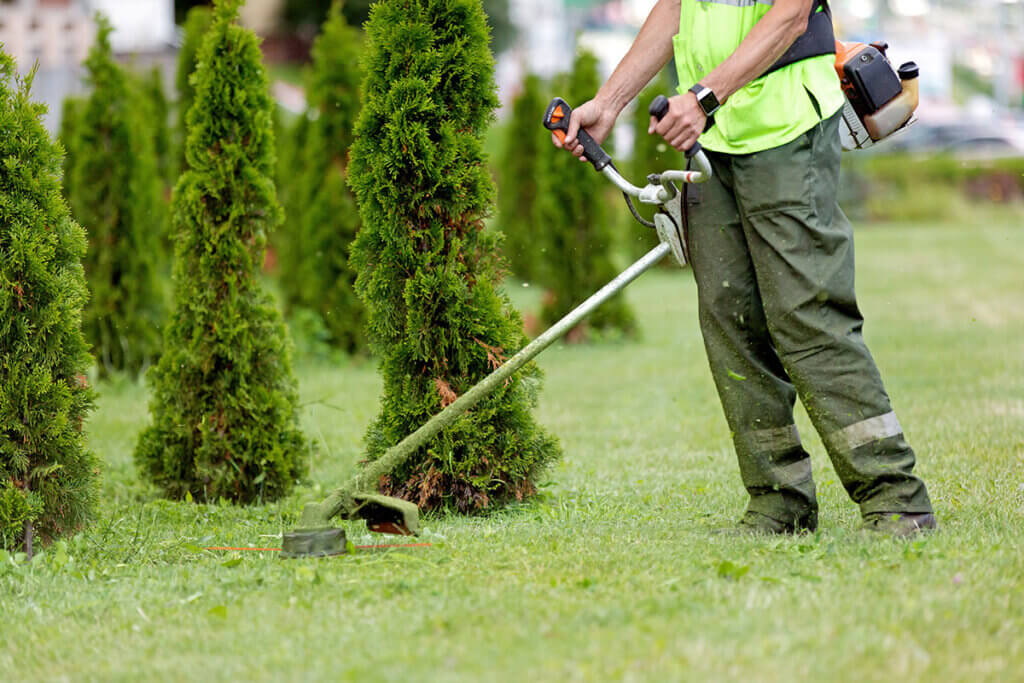
Advantages and disadvantages of string trimmers compared to power scythes
Power scythes are equipped with blades instead of filaments and always run on a petrol engine, while string trimmers also run on battery or electricity. With its higher power output, a power scythe is designed to clear larger areas, as well as brush and shrubbery.
String trimmers have several advantages over power scythes: they are much lighter. Furthermore, they are easy to operate – usually at the touch of a button – and do not take up much space in the cellar or tool shed due to their compact dimensions. The string reliably cuts grass and thinner weeds; unlike the blade of a brushcutter, it cannot damage trees or fences.
Pro points
- Works quietly
- Lower weight
- Inexpensive
- Does not damage plants unintentionally
Drawbacks
- Lower number of revolutions of the reel
- Less power
- Cuts dense grass poorly, thicker bushes not at all
- Short runtime with battery operation
Drive types for string trimmers
Many manufacturers of string trimmers offer models that are battery- or cord-powered. But users can also choose from devices with petrol engines. The most obvious differences are in their power and running time.
String trimmers with cable
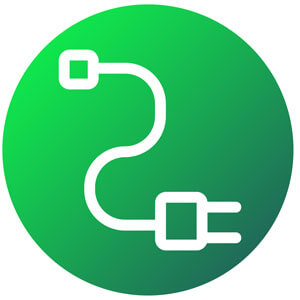
Cord-operated models have the advantage over petrol models that they are more environmentally friendly and work more quietly. With a low purchase price of less than 50 euros in some cases, they are the most affordable models. The disadvantage is the limited range of the cable. You can counteract this problem with an extension cable or cable drum. However, be careful not to damage the cable or tangle it in branches or bushes when working with the cutting tool.
Battery-powered string trimmers
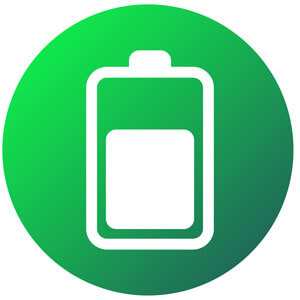
On the one hand, battery-powered models give you greater flexibility, as you are not dependent on the length of the cable. On the other hand, the battery life is limited. In many cases, these string trimmers are somewhat more expensive, but less powerful than corded models. On the other hand, they are usually the lightest versions, often weighing less than two kilograms, and thus offer a great advantage in terms of working comfort. Ideally, you should have a spare battery ready for longer work.
String trimmers with petrol engine

Petrol-powered string trimmers are heavier and more expensive. Users always have to rely on petrol. The engine is louder than the other two versions and the exhaust emissions are harmful to the environment. On the other hand, these versions offer the highest performance. Petrol grass trimmers are not essential for private allotments and small-scale work. They are more likely to be used on larger lawns and for longer mowing jobs.
Important string trimmer features
The power of electric string trimmers is a decisive factor in how well they can work an area. It is usually between 300 and 500 watts. In battery-powered devices with this output, the reel with the mowing string rotates 5,000 to 6,000 times a minute. Corded models reach twice this speed. In order to mow densely overgrown areas in the garden as quickly as possible, the devices should reach about 8,000 revolutions per minute. Some string trimmers have a speed regulator that allows you to set the maximum speed. This saves battery power when you need less power in sparsely overgrown areas.
The charging time of the rechargeable batteries plays a role, especially for longer jobs. Some are charged in half an hour, others only in four hours. Sometimes you have to factor this into your gardening time, depending on how extensive the work is and how long the battery lasts. With powerful batteries you can trim for over an hour without interruption, while weaker ones are already empty after half an hour.
Battery life not always reliable
Manufacturers usually state the maximum battery life, so take a little less as a precaution. In addition, batteries lose power with age. After some time, even when fully charged, they will only provide part of the runtime. It is practical to have a spare battery if the battery of the corresponding model can be replaced. This way you are prepared if the battery gives up the ghost earlier than expected.
The cutting width of the mower’s cord also has an influence on how quickly you can finish your work. It is usually around 20 to 30 centimetres. The wider the cut, the more grass you will cut in one pass. Opting for a wide cut can possibly make up for a shorter battery life. On the other hand, if you want to mow lawn edges, borders of beds or very narrow grass strips, a narrow cutting width is recommended.
The decision whether to buy an electric string trimmer or a petrol-powered one also has an impact on the noise level you are exposed to while working. Electronic models produce a sound level of about 75 decibels, which is roughly equivalent to the noise of a washing machine in the spin cycle. Petrol models are much louder and at 100 decibels are equivalent to the volume of a rock concert. Constant noise can lead to stress and lack of concentration, so take regular breaks from work. In any case, you should wear hearing protection.
Retightening and changing the mowing string
The string used to cut the grass gradually wears out. To prevent the resulting shorter reach, the string must be retightened from time to time. Many string trimmers have a practical solution for this, which is called automatic tapping or automatic thread feed. Tap the device once on the ground. The holder that holds the thread inside the bobbin will release briefly and the thread will run on. On some models, the user still has to do this manually after turning off the trimmer. Although this step is not particularly tedious, it is unnecessary and time-consuming in view of the simple alternative method.
After some time, the owner will sooner or later have to deal with the question of spare parts. Empty thread spools or worn cutting blades in particular will have to be replaced at some point. Find out how to get spare parts and whether products that are not from the same manufacturer also fit your device.
Additional features
Powerful string trimmers sometimes offer the option to remove the string spool and use cutting blades instead. To make them rotate at the same speed, the device needs more energy. Keep in mind that the power consumption will be higher and the battery life will be shorter. With a blade, the string trimmer can also cut thicker plants or even small bushes. When using it, be careful not to accidentally cut plants that should be spared or damage the trunks of trees. When changing to another cutting tool, always switch off or disconnect the tool from the power supply and use gloves to be on the safe side.
A tilting cutting head can be very handy in some situations, such as when you want to mow sloping lawns. The handle is usually also adjustable in angle; an extendable handle also prevents an unhealthy working posture. Some models have a handle on both sides of the handle. This allows you to mow a larger radius more comfortably. It is often possible to attach a carrying strap to the device so that even longer work sessions are bearable.
As a supplement, you can buy a small wheel set for some models, which is attached to the bottom of the trimmer. As a result, it can be pushed like a small lawn mower, allowing it to work smoothly and cleanly. If you are working near beds, a spacer in the form of a small bracket is useful. This makes it easier to ensure that you do not accidentally cut flowers.
What protective measures should I take?
In any case, you should wear headphones. Even if you do not find the volume of the machine disturbing during operation, your hearing can be damaged if it is exposed to too much noise in the long term. Safety glasses help shield your eyes from flying dust and grass. Especially in summer and when working with dry grass, you will stir up a lot of it. Sturdy footwear is essential when handling the equipment. If you are using a cutting blade, even steel-toed shoes are advisable. Even in high temperatures, you should wear long trousers, ideally work trousers. In rough terrain, for example, the string trimmer can whirl up small stones, which then act like a projectile.
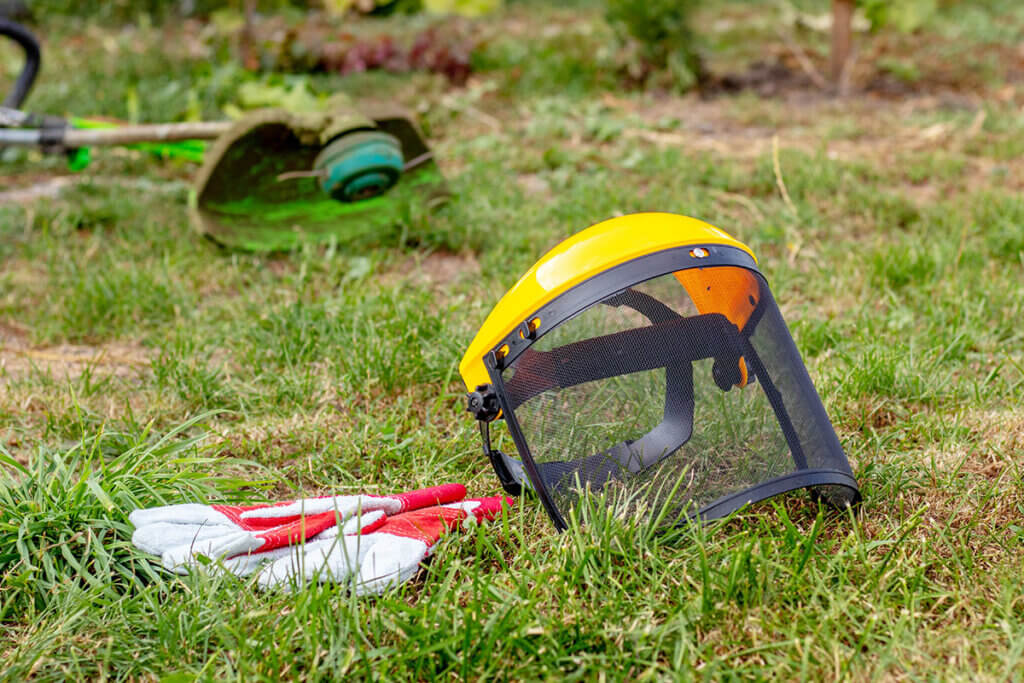
Power scythes usually have a dead man’s switch. This means that they can only be operated when the button is pressed. This prevents you from putting down the running device and accidentally getting your hand near the rotating mowing tools. If you nevertheless want to tamper with the mowing head, for example to clean the blades or change the mowing thread, you should still make sure that the unit is switched off and, if necessary, the mains plug is disconnected.
In addition, always keep an eye on the surroundings. Especially with hearing protection, you will probably not hear all the sounds around you. Therefore, be alert if, for example, other people are working in your immediate vicinity. You should also only approach people who are handling a brush cutter or similar tool within their field of vision.

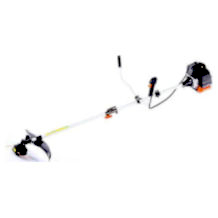
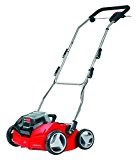
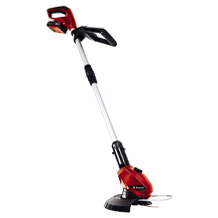
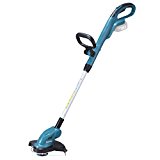
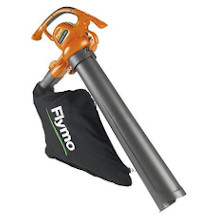
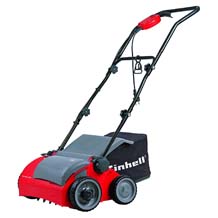
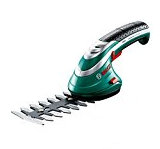
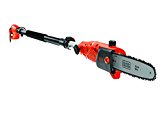

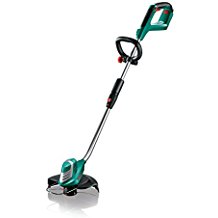


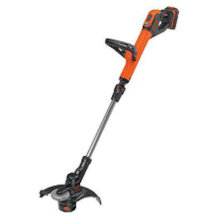
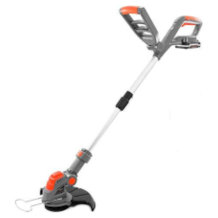

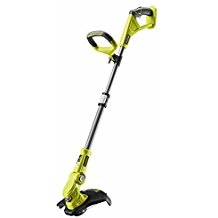

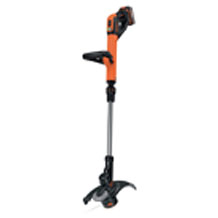
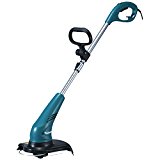
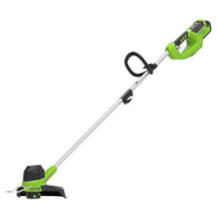
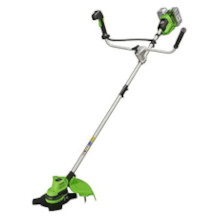
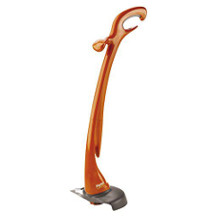
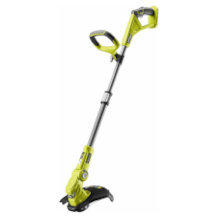
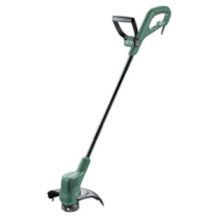

 9,265 reviews
9,265 reviews



